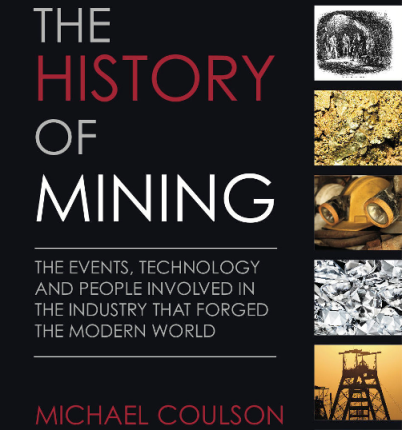TORONTO (Reuters) – Developing the Ring of Fire chromite deposit in northern Ontario could bring decades of economic benefits for the region and the rest of Canada, the federal government’s point man on the challenging and ambitious venture said on Monday.
“We understand the importance of developing this series of projects. We see how important it is not only to the region, but its significance ultimately to the province and the country,” Tony Clement, the minister responsible for leading the push to develop the region, told Reuters.
“We are talking about a 100 years of mining activity that will spin-off jobs and economic activity for generations,” he said in an interview in the government’s Toronto offices with views over Lake Ontario.
The Ring of Fire deposit, in the far north of Ontario some 1,000 miles northwest of Toronto, contains rich mineral resources that could transform the area much as the oil sands have transformed Alberta. But developing the deposit is fraught with challenges, given concerns with access, infrastructure, land rights and environmental issues.
The region will also need huge investments in power and transportation infrastructure to develop the deposit, and Clement insisted that business, rather than the cash-strapped federal government would have to take the lead.
























